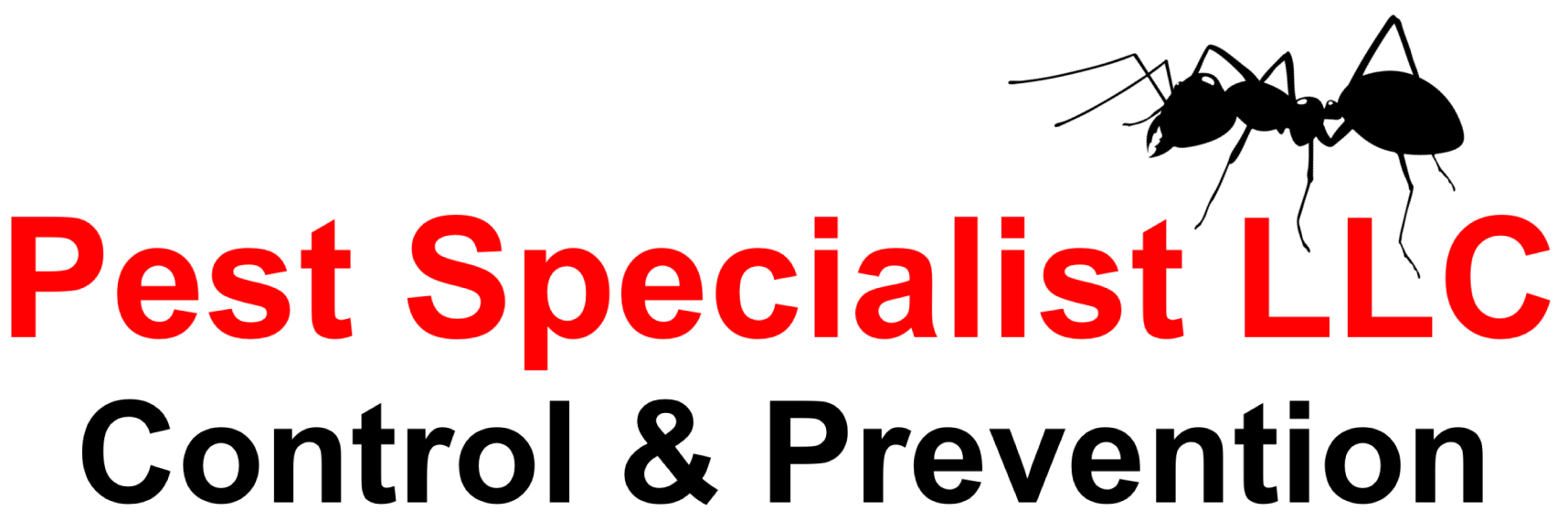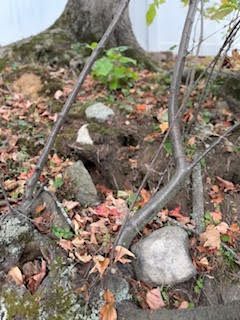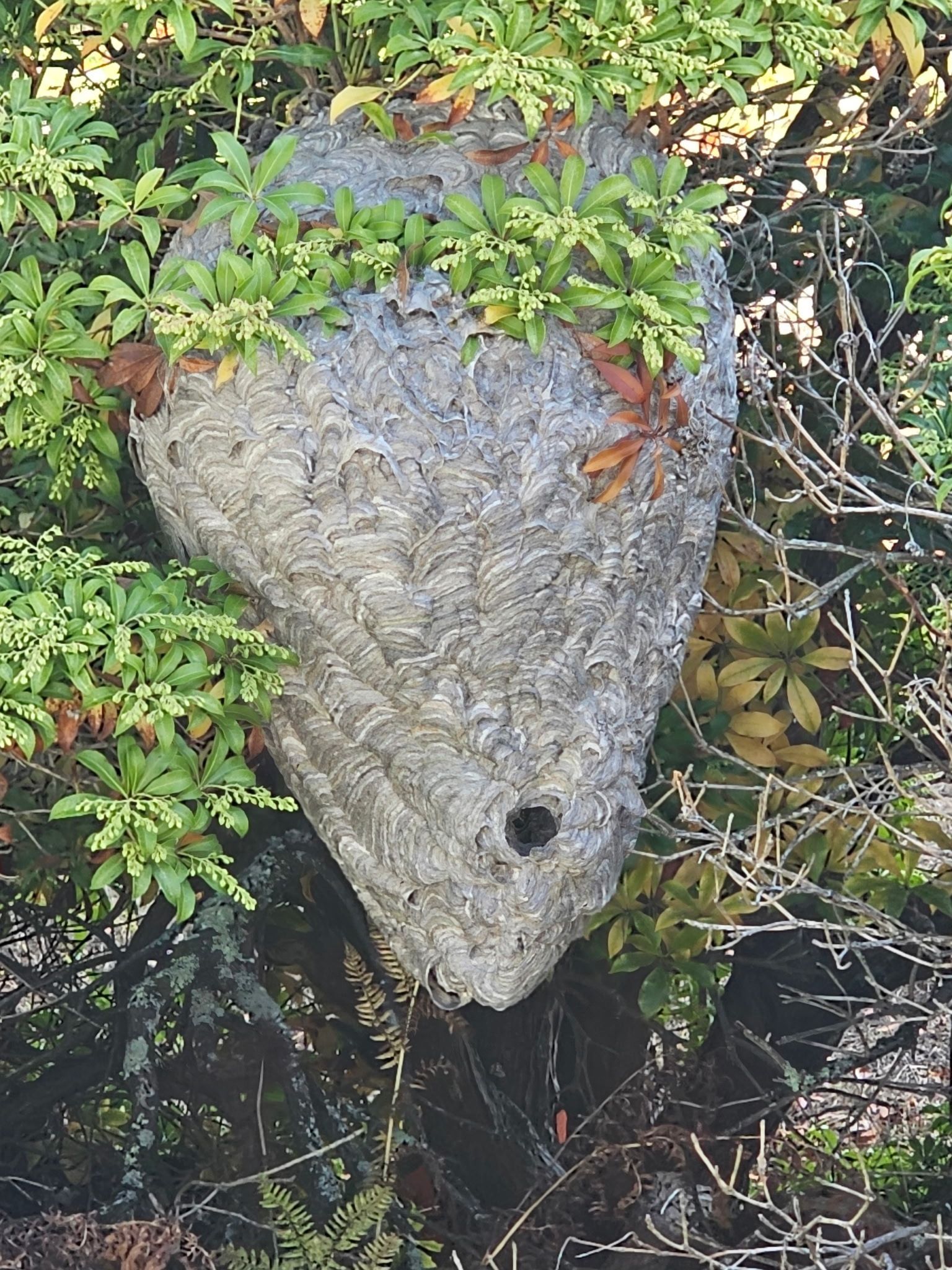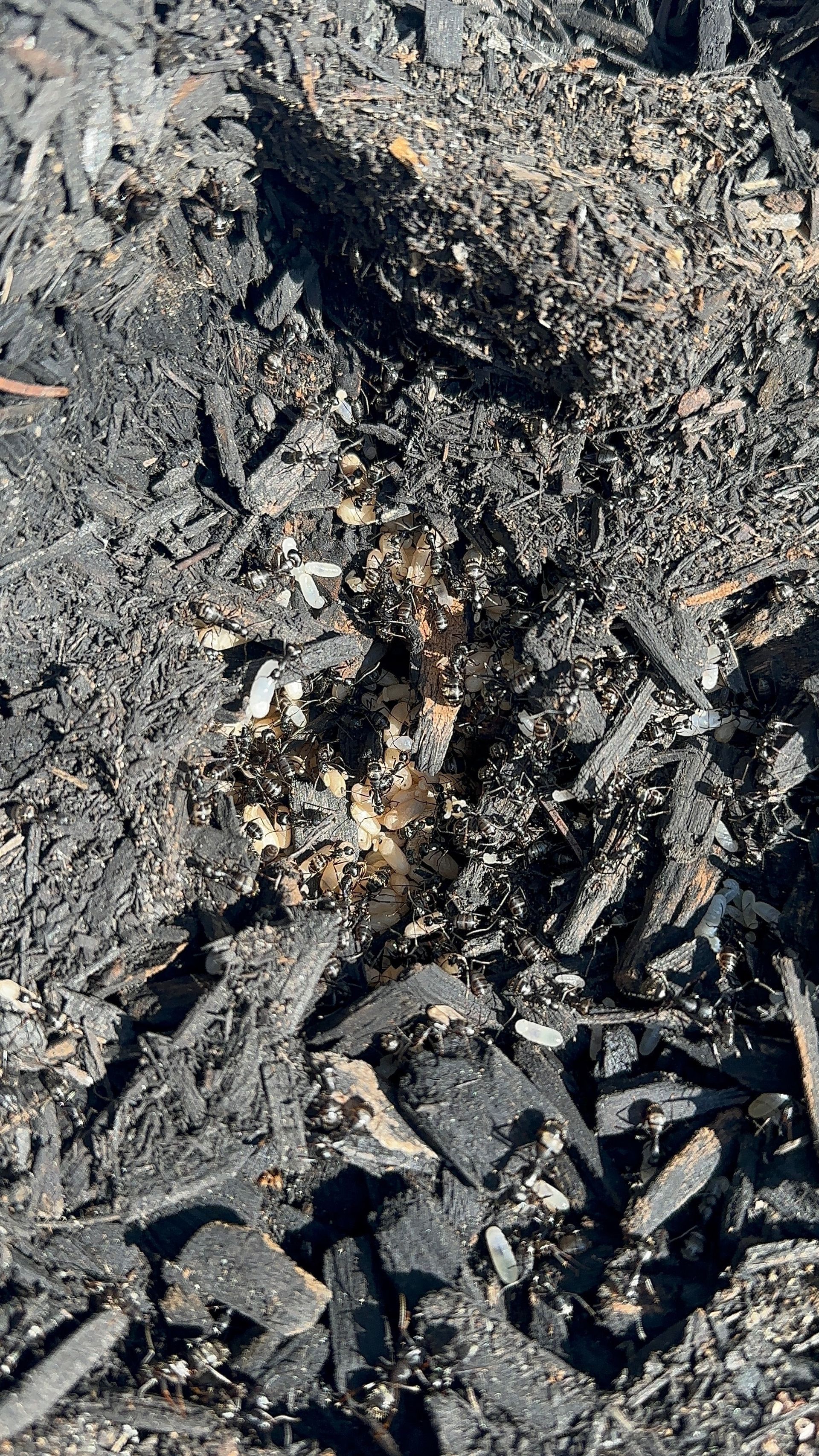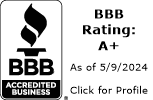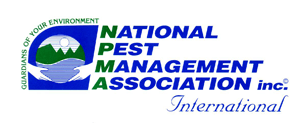The Dangers of Termites: A Homeowner's Guide
A Homeowner's Guide - The Dangers of Termites
Termites are often called the "silent destroyer" because they can do so much damage to a home before you even realize they're there. When termite damage is visible, it's usually too late to save your home from serious structural damage.

There are three main types of termites in the United States: subterranean, drywood, and Formosan.
- Subterranean termites are by far the most common, and they're also the most destructive. These termites live in underground colonies and build mud tunnels to travel to their food sources - which just so happen to be wooden structures like your home.
- Drywood termites are less common than subterranean termites, but they can still do a lot of damage. These termites live in dry, wooded areas and don't need to build mud tunnels because they can get all the moisture they need from the wood they're eating.
- Formosan termites are originally from Asia, but they've now been found in every state except Alaska. These termites are especially destructive because they live in huge colonies that can number in the millions. A single Formosan termite colony can eat an entire house in just a few months!
So how do you know if you have termites? There are a few telltale signs:
- Mud tubes on the outside of your home: Subterranean termites build mud tubes to travel from their colony to your home. If you see mud tubes on the foundation or walls of your home, it's a good indication that you have termites.
- Wood that sounds hollow: Termites eat wood from the inside out, so if you tap on a piece of wood and it sounds hollow, it may be termite damage.
- Crumbling wood: Termites will leave behind small piles of sawdust or wood shavings. If you see these around your home, it's a sign that termites are present.
If you suspect you have termites, it's important to call the pest control professionals at Pest Specialist, LLC immediately. The sooner you catch them, the less damage they'll be able to do to your home. termite damage can be expensive to repair, so it's best to nip the problem in the bud before it gets out of hand.
We will inspect your home for termites and, if they find any, will develop a treatment plan to eliminate them. There are a few different treatment options available, so be sure to ask your pest control professional about what would work best for your situation. Contact us for experienced termite control and elimination.
Termite Prevention
Preventing termites from damaging your home in the first place is the best way to deal with them. Here are a few tips:
- Keep firewood, mulch, and other organic material away from your home: Termites are attracted to these materials, so keeping them away from your home will help deter them.
- Repair any water leaks: Termites are attracted to moisture, so fixing any leaks in your home will make it less appealing to them.
- Seal cracks and openings in your foundation and walls: These cracks and openings provide termites with an easy way into your home, so sealing them up will help keep them out.
If you follow these tips, you can help prevent termites from damaging your home. However, even if you take all the necessary precautions, termites may still find their way into your home. That's why it's important to be on the lookout for the signs of termite damage and to call a pest control professional right away if you suspect you have termites. Don't wait until it's too late - termites can do much damage in a short amount of time, so the sooner you deal with them, the better.

